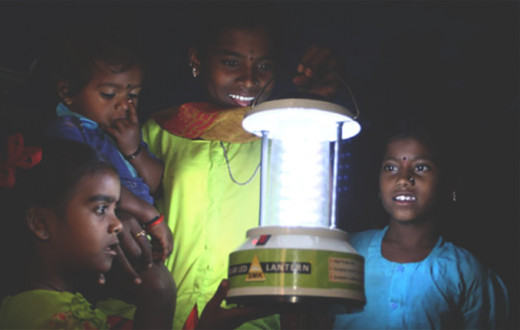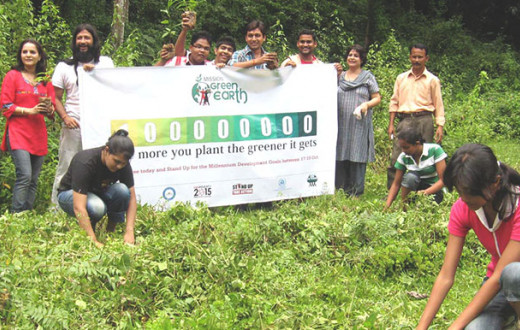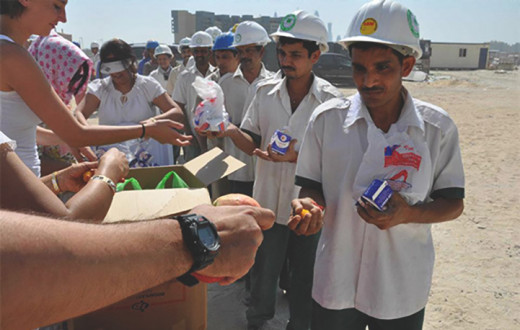Weddings mean different things for different people. For most it’s a reason to celebrate, but for some, it’s also a reason for worry. The worry of paying back a large debt that many of the villagers in India find themselves getting gripped with. But can you imagine a way of having a large village gathering and all the celebration possible, while saving 90 percent of the total expenses for the wedding?
This is just what happened in Bahadurwadi village in Nashik, Maharashtra. A first of its kind ceremony in this tribal zone, the Samuh Lagan is an event where wedding ceremonies are conducted simultaneously for many couples. Gala celebrations, all the pomp and joy and over 50,000 rupees saved. The villagers at the Samuh Lagan were a happy lot.
Spend modestly, save for the future
14 couples tied the knot at the same time and same place on May 11, 2011. The idea was simple: bring together 14 couples (from Bahadurwadi and the surrounding villages) and have a big wedding with 6,000 people. Some of the guests were relatives and the rest, curious onlookers, who were later invited to eat with the other guests.
Each couple was asked to contribute Rs. 5,000 to cover the costs (venue and food) and the only prerequisites were, “No disc jockey. No alcohol and the wedding should be done on time,” states Rajendra, an Art of Living teacher involved with the Samuh Lagan and the primary watershed activities in Bahadurwadi.
Further adds Rajendra, “We tried to save money everywhere. As far as the labor work was concerned (putting up the tent and buying supplies), the villagers managed to do it on their own. The biggest need for Samuh Lagan is that these villagers take big loans and get their daughters married. And that’s an unnecessary expenditure for the family. If they save that money, they can use it for their future instead of spending four or five years repaying the loan.”
With the money saved, most of these couples are planning to buy supplies for their new house and the villagers are already making plans for a similar event next year.








